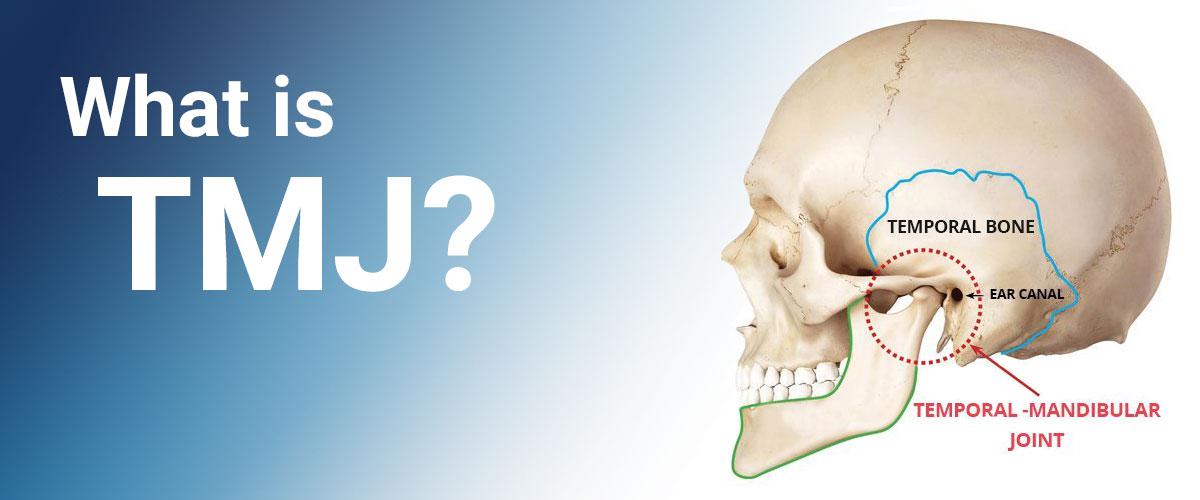FAQ's
What is a TMJ Disorder?
TMJ is an abbreviation for the temporomandibular joint. The TMJ is not a disorder/disease. It is a part of the body. A joint is a connection between two bones that allows for movement between those bones. Healthy joints allow for smooth, pain-free movement through a wide range of movement or motion.
There are two temporomandibular joints, one on each side of the face, located directly in front of the ears. The TMJs differ from other joints in our body in several ways. The first is that it is the only joint that rotates, slides or translates, and pivots. If a finger is placed on the TMJ directly in front of the ear and the jaw is opened slightly and closed, one can feel the rotation. If the teeth are closed together, and the jaw is protruded straight out or when the jaw is opened wide the sliding motion, or translation, is felt. If the jaw is moved to the left, for example, the left joint pivots while the right joint slides.
The second way the TMJs differ from other joints in our body is that the right side is connected to the left side. The right and left TMJs are in essence opposite ends of the same bone which is the jaw or mandible. The one TMJ cannot be moved independently of the other.



